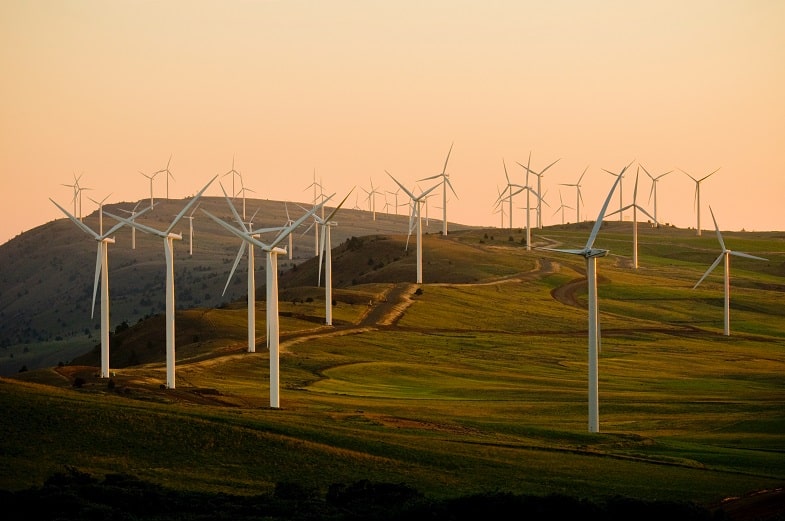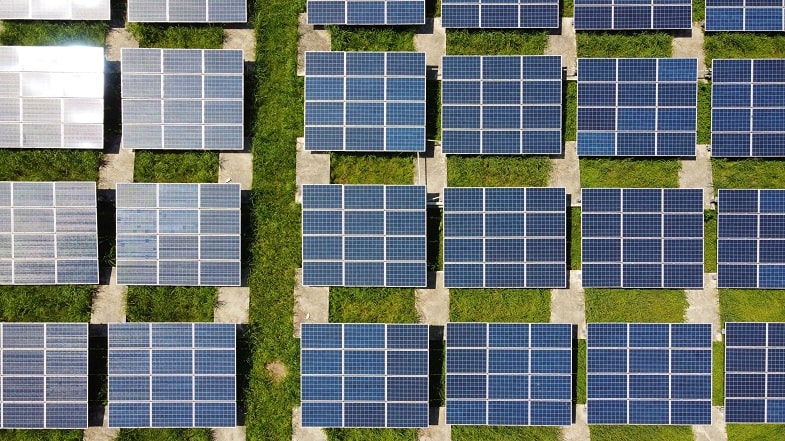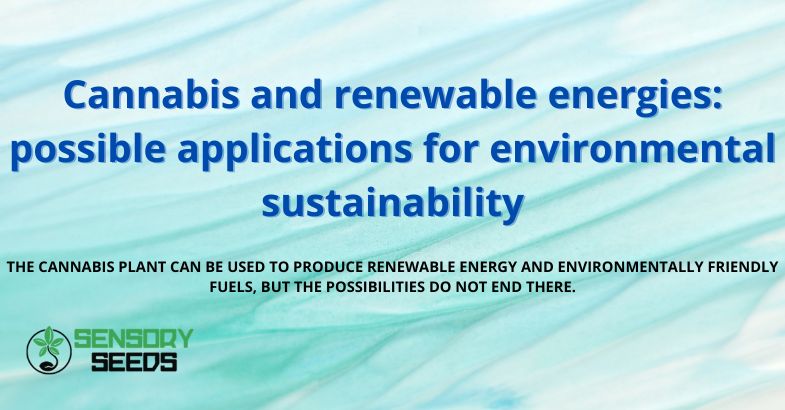Modified on: 08/02/2024
THE CANNABIS PLANT CAN BE USED TO PRODUCE RENEWABLE ENERGY AND ENVIRONMENTALLY FRIENDLY FUELS, BUT THE POSSIBILITIES DO NOT END THERE.
The cannabis plant, with all its varieties, has enormous potential in many areas of human endeavor: from the collection of cannabis seeds to cosmetics, from the production of ecological fabrics to ecological construction, the uses are numerous and, unfortunately, still underestimated today.
However, prejudices against a plant full of virtues do not stop research: cannabis can become a valuable ally in the ecological transition and help produce sustainable and environmentally friendly energy.
Cannabis for biodiesel and ethanol production
Cannabis crops can play a key role in the production of alternative fuels to petroleum derivatives, as Henry Ford once realized. The impact of fossil fuels on the environment has been known for decades: in the transition to electric power, hemp-derived biodiesel and ethanol are possible solution, not only in the short term.
Ethanol produced from cannabis cellulose by pyrolysis or fermentation is an excellent renewable fuel, which due to its characteristics does not need lead to increase octane; it has less particulate matter and consequently less pollution.


Due to the excellent quality of the oil, cannabis biodiesel offers a higher yield than other oils used for biodiesel (e.g. rapeseed oil). Through a process of “transesterification” of hemp oil, biodiesel without sulfur and toxic substances is produced.
In addition to the characteristics of biodiesel, the excellent yield of the crop is worth mentioning: up to 800 liters of fuel can be produced per hectare per year. Costs are still relatively high due to the small number of crops in the world, but if they were to be expanded, production would cost significantly less.
Some countries are investing in the production of biofuels from cannabis, as evidenced by the agreement reached in 2018 between the Polish State Institute of Fibres and a large company in the sector, Lotus Group.
Methane and hydrogen from cannabis: The Quantum Energy project
Speaking of cannabis (generated by weed seeds) biomass fuels, of particular interest is the project of Quantum Energy, a French start-up that has invested more than 18 million euros to extract methane and hydrogen from cannabis through a process called “pyrogasification”.
The methane produced will be sold to Gaz Résau Distribution France, while the hydrogen will be converted into electricity for buses and trains.
Energy requalification: the importance of cannabis
Cannabis crops (derivated by marijuana seeds) can be used to produce very useful material for green buildings. The most interesting feature is its ability to maintain a constant temperature throughout the year.
In other words, cannabis-derived building materials keep the house warm in winter and cool in summer, which is a great contribution to CO2 reduction.
Read also: All you need to know about cannabinol
Phytoremediation and phytoextraction: cannabis for soil remediation and heavy metal removal
The decontaminating capacities of cannabis have long been known: this plant is capable of extracting heavy metals and storing them internally through a process of phytoextraction, which is due to the plant’s action of absorbing radicals.
Phytoremediation and phytoextraction are at the basis of the Green Project, which began a couple of years ago in Apulia: as Marcello Colao, one of the biologists involved in the project, points out, cannabis can trap heavy metals that, through specific processes, can be reused: a perfect synthesis of the circular economy that underpins energy sustainability.


Other uses of cannabis: pellets, bioplastics and green building panels
The potential applications of cannabis (of feminized seeds or othe kind of seeds) to produce energy sources and environmentally friendly materials are enormous.
Textiles, paper, bioplastics, plywood: potentially, almost any current product that is not fully recyclable can be replaced by biomass produced from cannabis.
Even pellets, one of the most widely used heating fuels today, could be made from hemp instead of wood. Obtained from the plant’s cannabidiol, cannabis pellets could significantly reduce the CO2 emissions into the environment caused by wood pellets.
Using the cannabis plant to produce biodegradable bioplastics could help reduce the impact of plastics on the environment, a very serious and difficult problem to solve, as evidenced by the islands of plastic littering the oceans.
Read also: Why everyone is talking about genetically modified cannabis even though it doesn’t exist
In conclusion
According to the US Department of Energy, hemp is the least specialized biomass producer. Add to this the plant’s versatility in creating renewable, low-polluting biofuels, CO2-reducing building biomaterials, and low-impact pellets.
Add to this its ability to absorb four times more CO2 than trees and trap heavy metals within it, and you can see how cannabis is an invaluable plant for energy sustainability.
Few plants have the capacity of the cannabis family to produce useful biomaterial for a thousand purposes, something that companies and governments will soon have to take into account for short- and long-term sustainability goals.
Are you too fascinated by the unique characteristics of this plant?
If so, you can’t miss out on the best genetics on the market. Check out the SensorySeeds shop and discover our exclusive offers.









